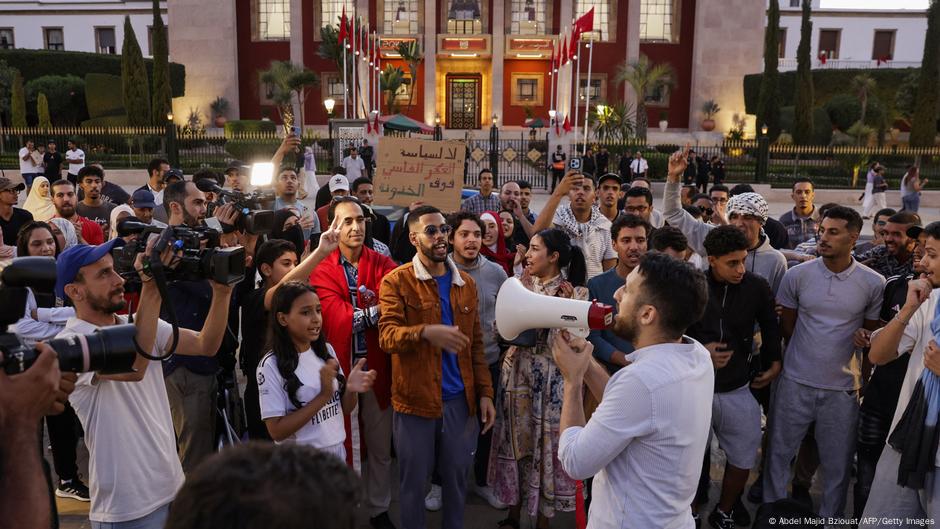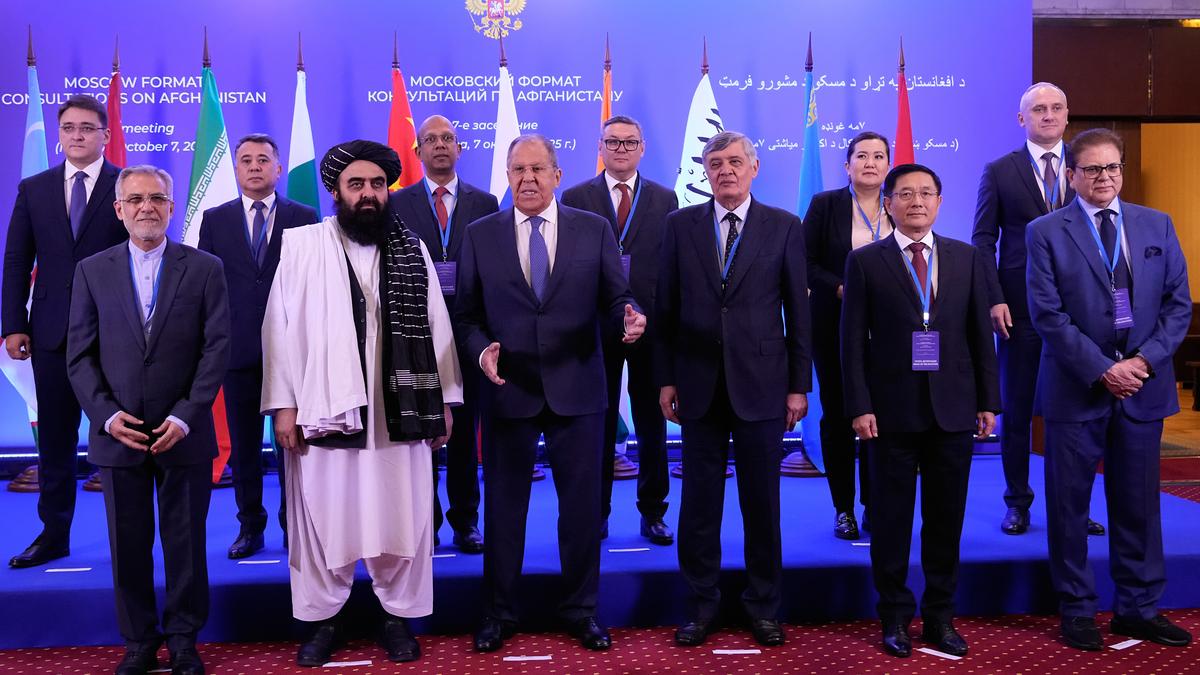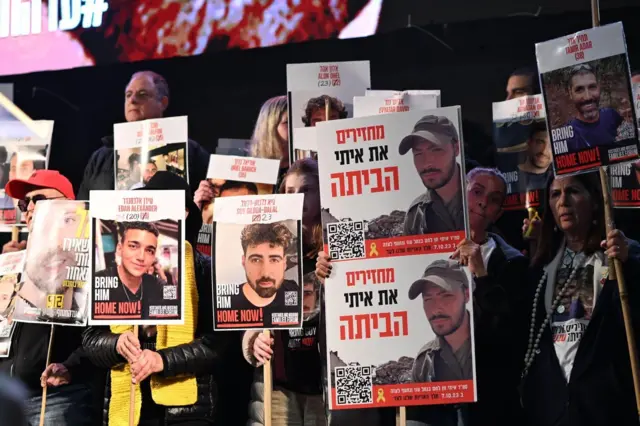- US approves major missile sale to Pakistan Business Recorder
- Pakistan to be sold advanced US air-to-air missiles by Raytheon Dawn
- The Quiet Approval of New AMRAAM Missiles May Revive Pakistan’s F-16 Program quwa.org
- US names Pakistan, Saudi…
Blog
-
US approves major missile sale to Pakistan – Business Recorder
-
FDI outflows: reflection of diminishing confidence – Business Recorder
- FDI outflows: reflection of diminishing confidence Business Recorder
- Exporters hedge risks via forward dollar sales Dawn
- Moment of Reckoning Daily Times
- Pakistan Eyes $200B Investment from Qatar newztodays.com
- Pakistan: Infrastructure, Inflation,…
Continue Reading
-
Tax collection shortfall challenge: IMF likely to stipulate new steps – Business Recorder
- Tax collection shortfall challenge: IMF likely to stipulate new steps Business Recorder
- Rate cut unlikely this month, says SBP governor Dawn
- FBR moves to publicise civil servants assets Geo.tv
- IMF shares draft MEFP with Pakistan as talks near…
Continue Reading
-
Two years of hellish war have devastated Gaza’s children – Unicef
- Two years of hellish war have devastated Gaza’s children Unicef
- With nearly 20,000 dead, children biggest victims of Gaza genocide | Daily Sabah Daily Sabah
- Xinhua News | Over 60,000 children killed or maimed in Israel-Palestine conflict:…
Continue Reading
-
Africa needs conflict prevention as the continent faces unprecedented threats – UN News
- Africa needs conflict prevention as the continent faces unprecedented threats UN News
- African Union’s partnership with UN “essential to confronting threats” facing Africa africanews.com
- Pakistan calls for stronger United Nations-African Union…
Continue Reading
-

Two People Reportedly Shot Dead Outside Famous Bakery in Islamabad
Two people were shot dead late Tuesday night outside Loafology bakery in Islamabad’s Blue Area, opposite the Islamabad Stock Exchange (ISE) Tower.
Both victims were hit multiple times, including in the head, and died on the spot.
Continue Reading
-
Pakistan seeks regional countries’ help to counter threats from Afghanistan – Dawn
- Pakistan seeks regional countries’ help to counter threats from Afghanistan Dawn
- Russia hosts Taliban delegation and warns against foreign military presence in Afghanistan AP News
- TOLOnews – 6pm News – 07 Oct 2025 TOLOnews
- Moscow rules out…
Continue Reading
-

Morocco’s Gen Z protests – DW – 10/07/2025
Although there’s a temporary pause this week, the protests in Morocco will keep going until they achieve what they set out to do, one of the organizers of the youth-led movement behind the biggest anti-government protests the country has seen in…
Continue Reading
-

India edges closer to recognising Taliban as Muttaqi to arrive in Delhi for a five-day visit
Two days before the visit of Amir Khan Muttaqi, Acting Foreign Minister of the Taliban regime ruling Afghanistan, the Indian government came one step closer to formally recognising the Taliban, as a regional grouping that India is a part of…
Continue Reading
-

BBC Verify Live: Satellite imagery shows destruction in Gaza after two years of war
How we keep track of the Gaza hostagespublished at 16:53 BST 7 October
Emma Pengelly
BBC Verify journalist Image source, The Hostages and Missing Families Forum
Image source, The Hostages and Missing Families ForumEarlier we told you what we know about the hostages that are…
Continue Reading